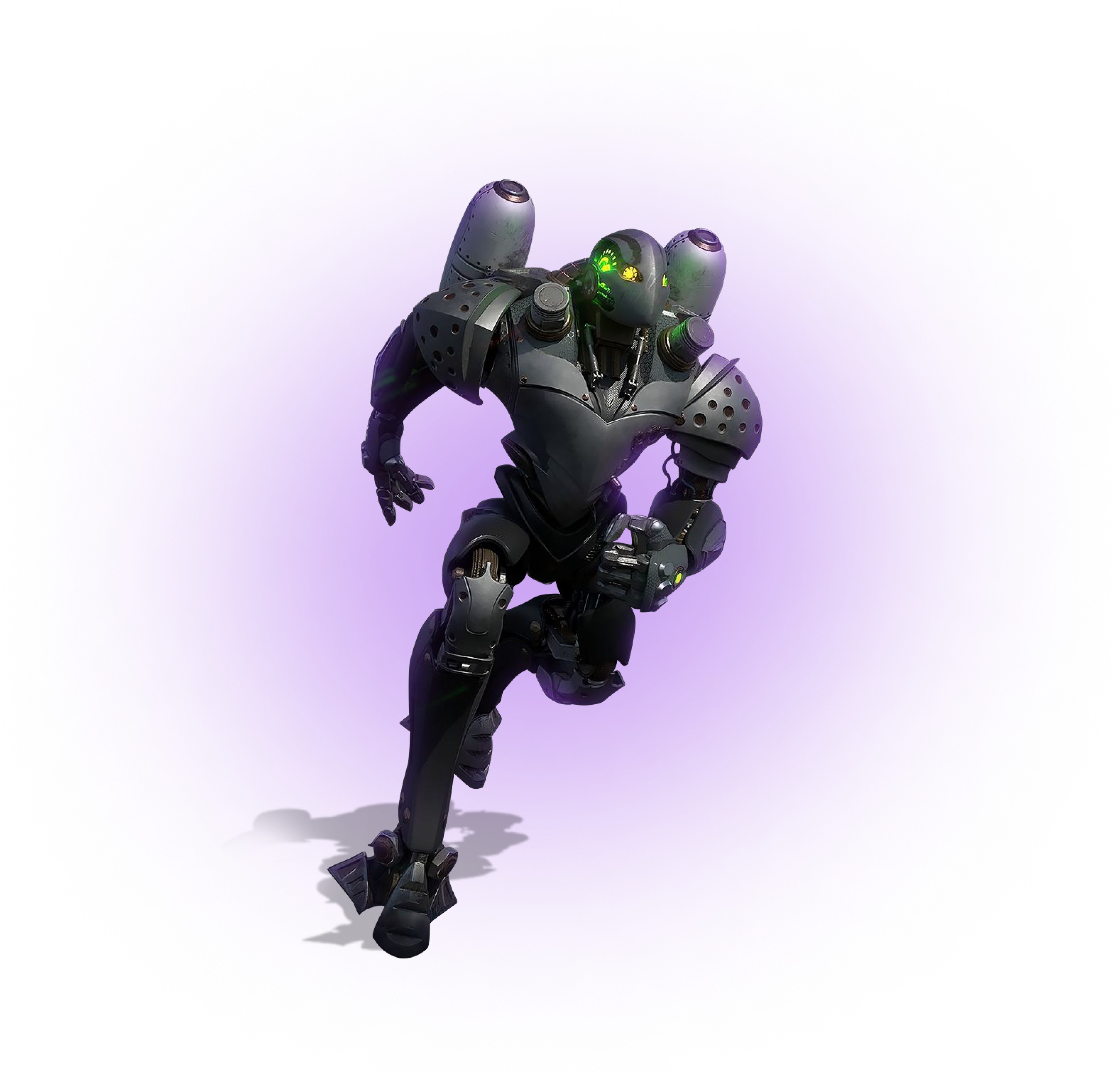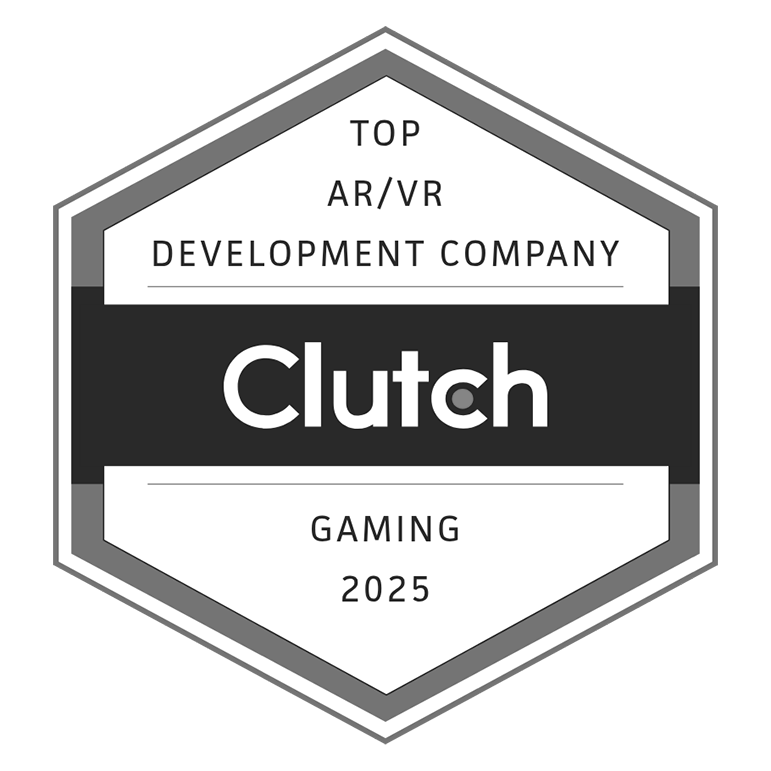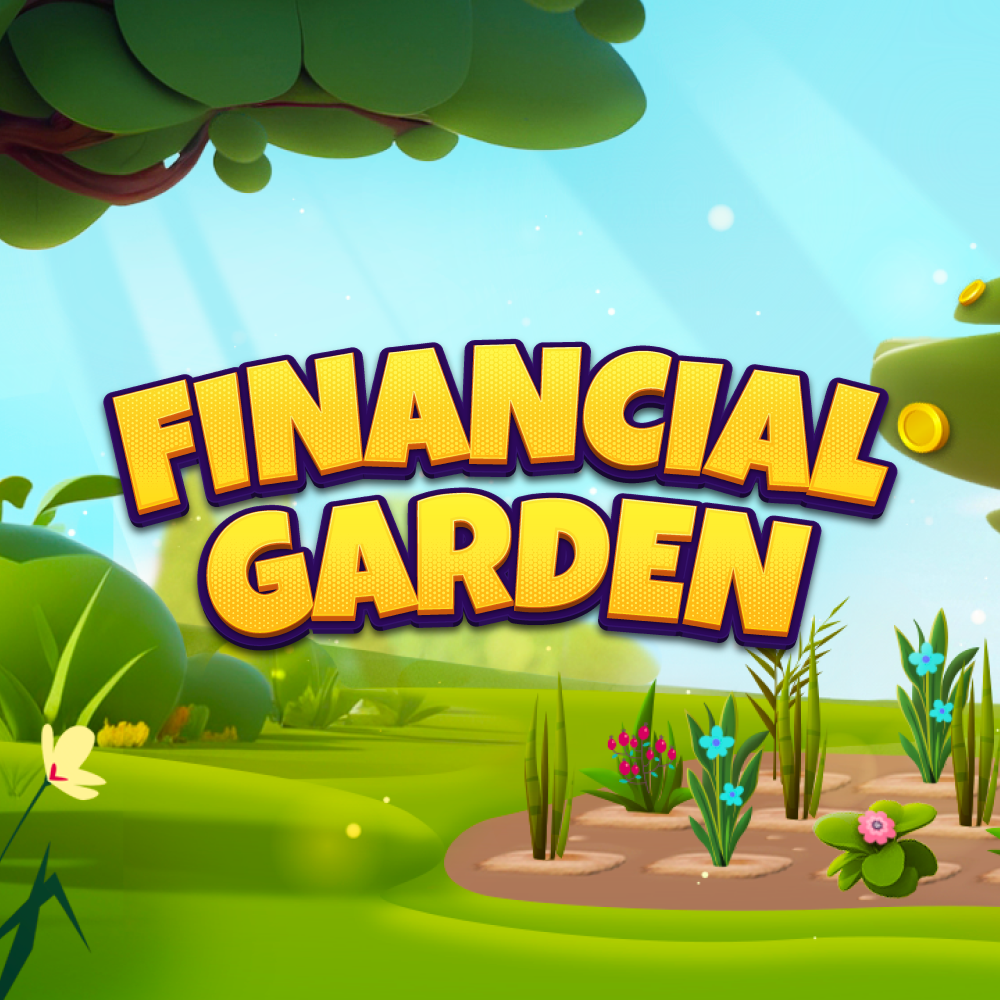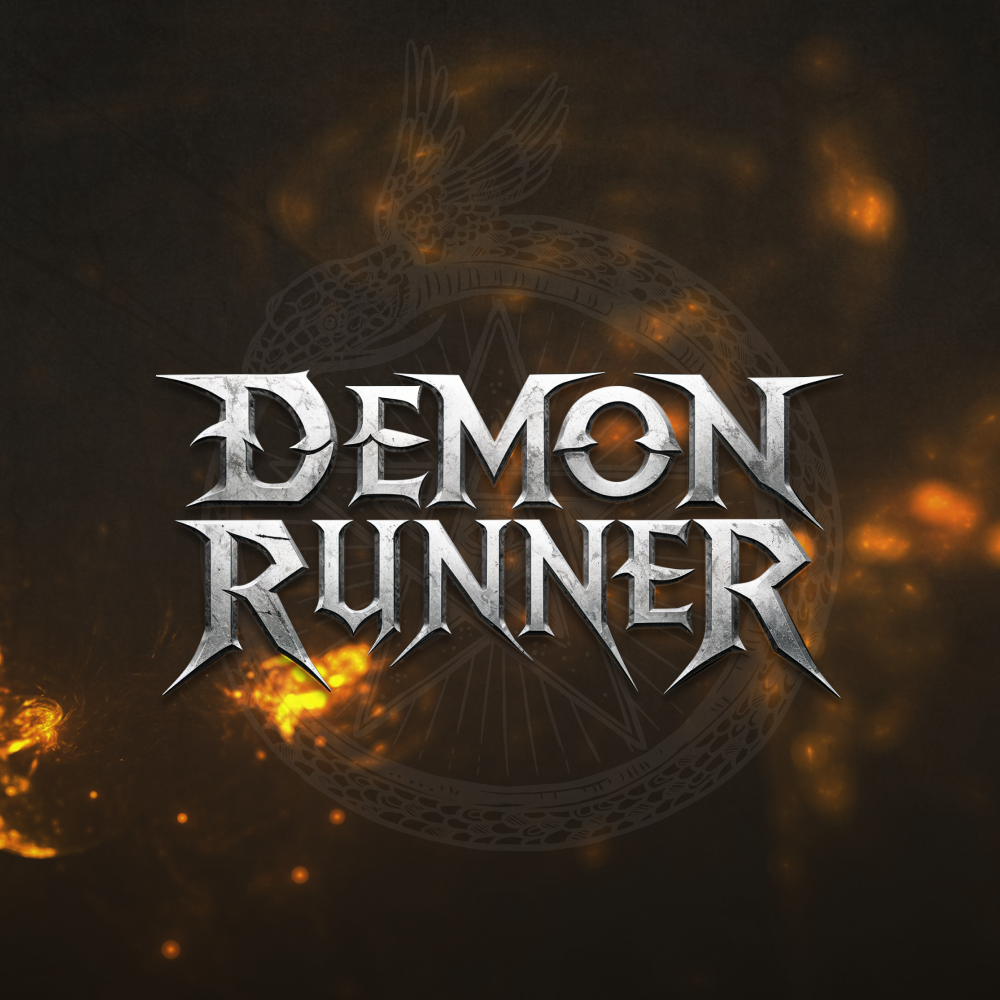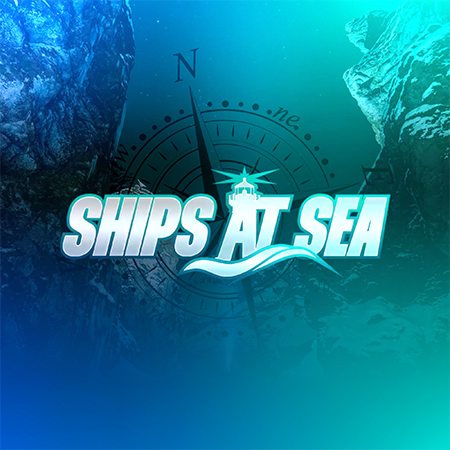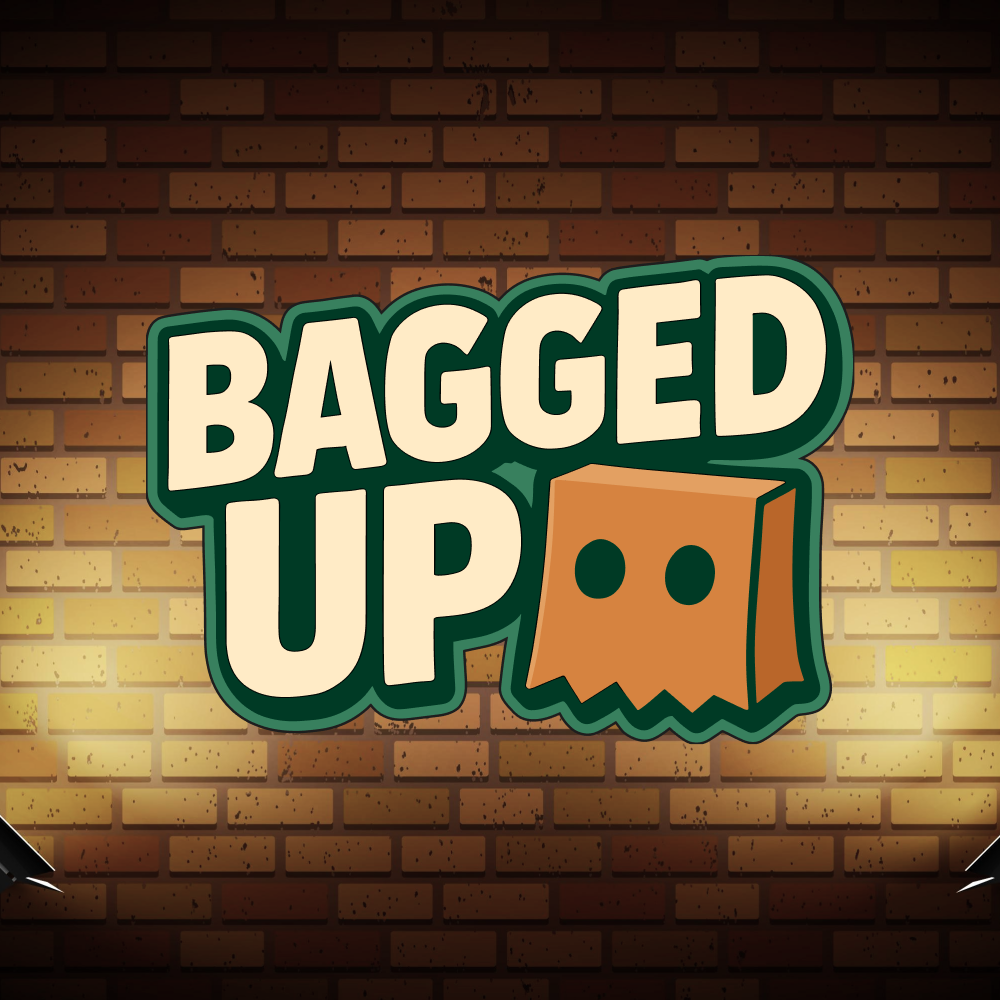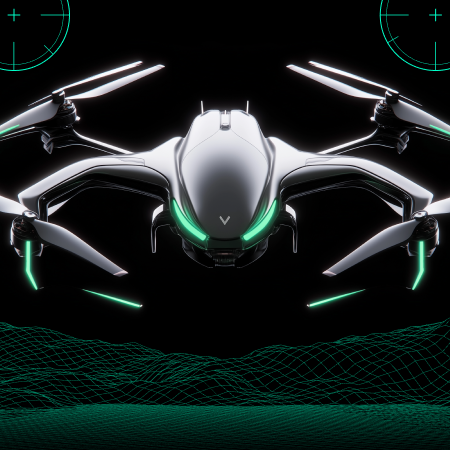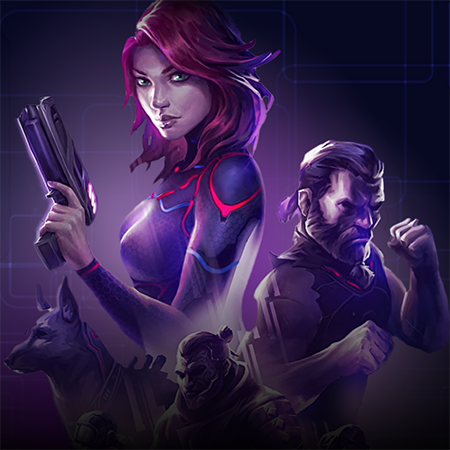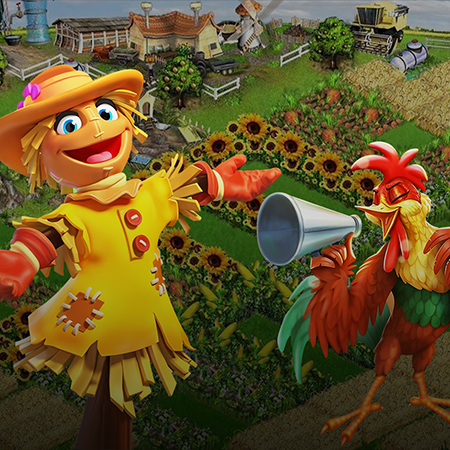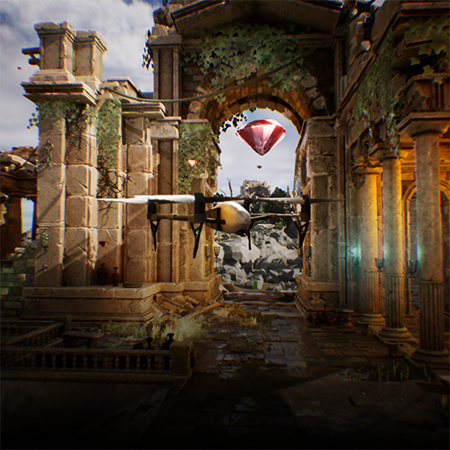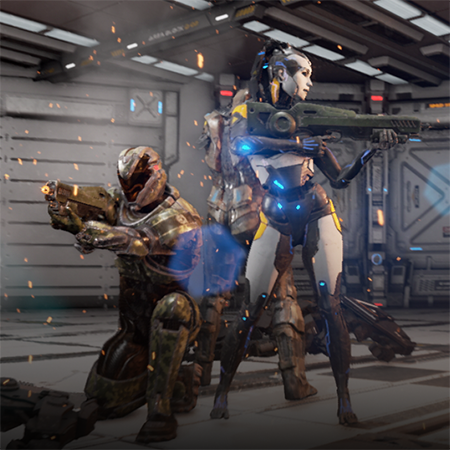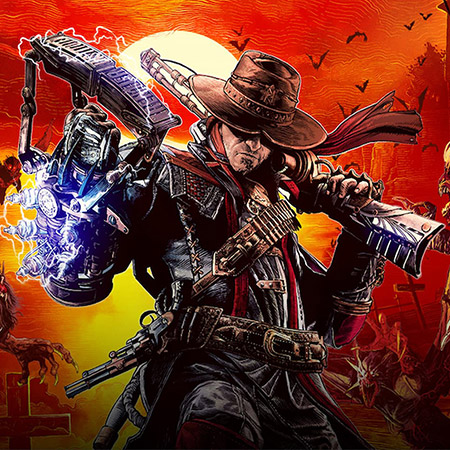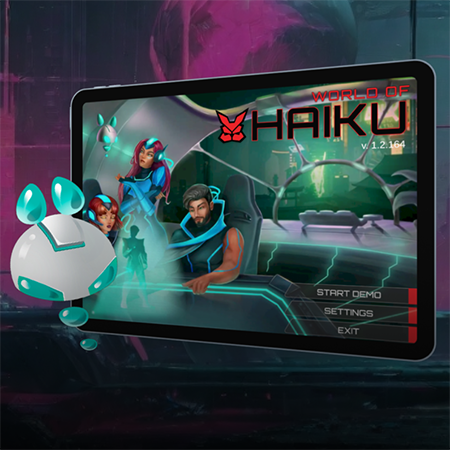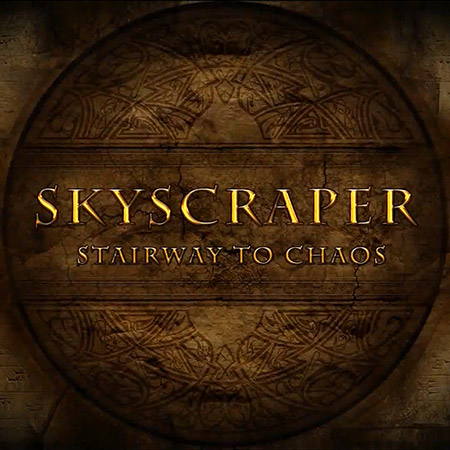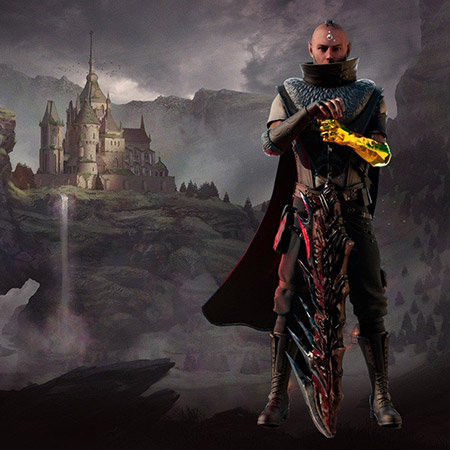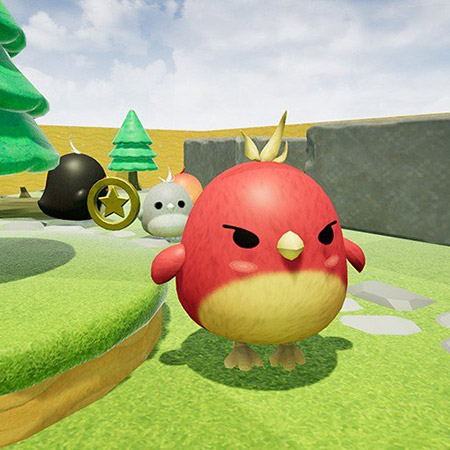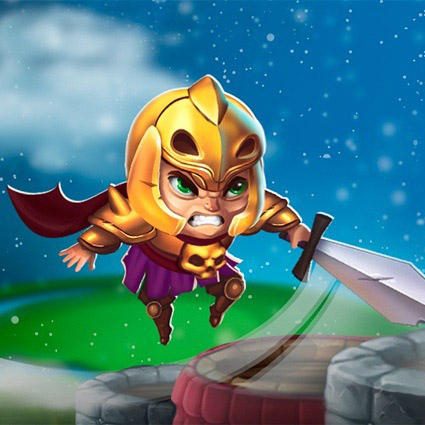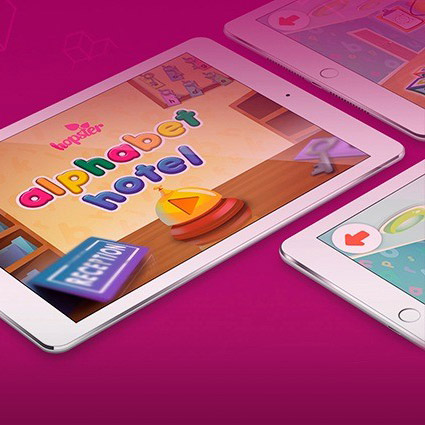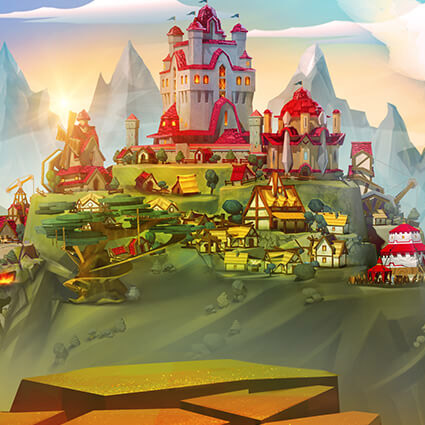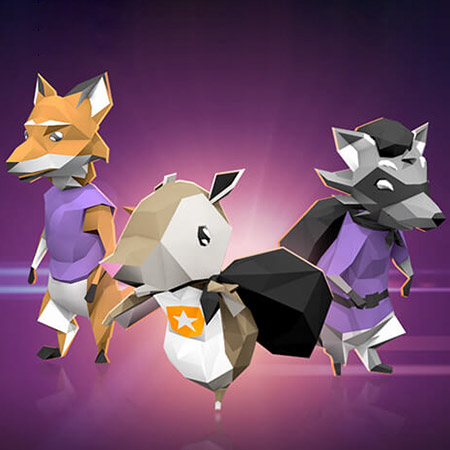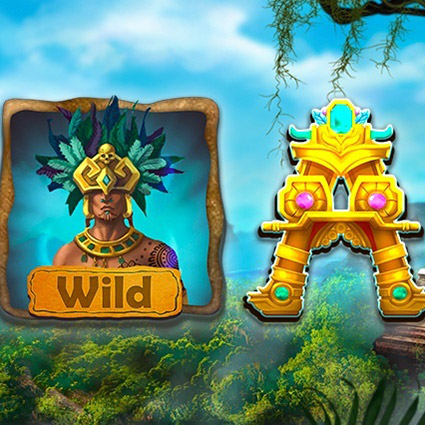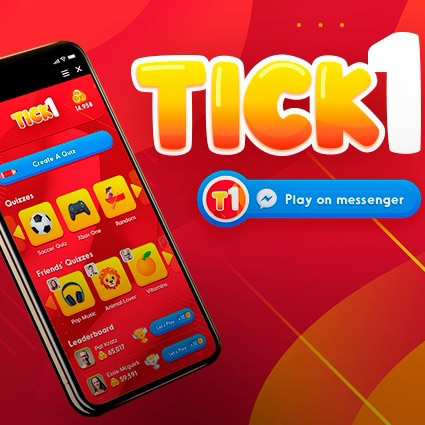Quick recap of this article
- What Is Cross-Platform Gaming?
- How to Make a Game Cross-Platform
- What Challenges Can You Face During Cross-Platform Development?
- Make Smart Technical Choices During Cross-Platform Game Development
- Cross-Platform Game Development Services
The commercial success of a game hinges on many factors, not least of which is whether users have a good reason to buy/download it. Another factor with just as much importance is reach – how many platforms and devices you can make the title available to. If you want your bases covered in this regard, you would surely benefit from learning how to make a cross-platform game. This is exactly what we will help you with in this article.
The benefit of cross-platform game development over porting lies in time (and its relative equivalent – money). Though it normally takes longer to make a cross-platform game than a native one for a single platform, this is still much faster than making one game version and remaking it later through porting.
This is a trap that many games have fallen into (Fall Guys, Among Us, Fortnite, to name a few): the developer placed their bet on 1 or 2 platforms, but after their game blew up in popularity, they had to go through a painful and lengthy process of adapting it to new platforms.
What Is Cross-Platform Gaming?
In the age of marketing and the plurality of different platforms for gaming, ensuring that your product properly functions on at least some of them is a must for maximizing your revenue.
Fundamentally, cross-platform game development is what ensures excellent play experience for your audience. Suppose you have a mobile iOS game that’s performing well on the App Store, with mostly positive feedback from the audience and excellent reviews. Although originally the product was optimized exclusively for the iOS gaming platform, you should still be ready to hire a team of other developers and optimize it for at least one more device. How about Android?
In case you already have an iOS mobile game, you can optimize it for Android and launch the app on Google Play. However, porting isn’t always the best way to do it, inasmuch as the level of complexity will highly depend on what approach has been used to develop the game itself. If it’s been created using a cross-platform game engine like Unity or Unreal, the workflow won’t be overcomplicated. If your iOS game was developed natively, you’d have to rewrite 90% of the code.
That’s why cross-platform game development is most cost-effective when you create your product for the first time without having to consider myriads of the porting and optimization issues. Different gaming platforms quite often require a dramatically different approach and tech stack. For example, to develop a game for iOS natively, you must hire a team of developers proficient in Swift/Objective-C and optimize the game exclusively for Apple devices, doing much manual work.
In the case of native Android game development, your team will have to know by heart Kotlin or Java. Nevertheless, all these issues fall off automatically if you opt for cross-platform game development right away. The most optimal way here implies referring to cross-platform game engines like Unity or Unreal. Game development on these platforms will significantly relieve the workload and make many internal processes more straightforward.
How to Make a Game Cross-Platform
The key thing to understand about cross-platform game development is that though you are making several game versions at once, you don’t have to divert much attention or many people to these different directions – it is mostly a single stream. Thanks to cross-platform game engines and other helpful tools, the unified code for a game can be transpiled into different languages and packaged into apps for the corresponding platforms.
Cross-platform game development pipeline
1. Pre-production
The first stage of cross-platform game development mostly consists of planning and laying the foundation for the project. Everything usually starts with an idea or vision, which is translated into concept art, preliminary designs, and notes about how it can be implemented. When the feasibility and requirements of the project have been defined, they are usually added to a game design document (GDD), which serves as an important reference for the project moving forward. It is also common for a company to create a prototype in this stage to make sure that the key planned functionality can be utilized.
Aside from brainstorming ideas and collecting references for game assets, it is essential to make up your mind regarding what development type you’d prefer as well as how you are going to implement all the features. Will you do everything using your in-house resources or do you intend to hire a dedicated team? Maybe you are more into outsourcing the entire game development project? In addition, try out cross-platform game development with all of its benefits.
2. Production
This is when the cross-platform game development magic happens. It also happens to be the lengthiest and hardest stretch of the project. With the pre-production materials and results in hand, developers get to work creating the game, while artists get to work creating the assets for it. Cross-platform game development in this phase usually takes months, and can easily take years for large or understaffed projects, especially if you are into cross-platform game development, inasmuch as you will have to take into account more variables.
Though the game logic and mechanics usually stay the same from platform to platform, the specialists working on the project also contemplate platform-specific things, like how to fit UI and game elements on smaller/larger screens and optimize performance. Using cross-platform game engines like Unity or Unreal, of course, simplifies this process but it does not make it a cakewalk.
In addition, cross-platform game development using non-fungible tokens takes specific steps that any NFT game development company should follow. As a result, these factors lead to partial branching of work as they delegate some time to code and content meant for individual platforms.
3. Testing and release
Though QA game testing begins in the production stage as new bits and pieces of the game are created, it really ramps up as the game nears completion. QA engineers thoroughly check the game for bugs or issues that might impact the user experience, offering suggestions. They also test the software on different platforms since some code and scripts may not carry over well. With the game polished, it can get a partial or full release. A partial release (known as a beta) is meant to give a limited number of players a taste and make some final changes based on their feedback.
4. Post-release
Nowadays, it is extremely common for companies that develop cross-platform games to stay involved in their maintenance for years to come. First, this can involve maintaining online services (like matchmaking). Additionally, it will usually involve periodic patches, updates, and fixes that improve the user experience. Some cross-platform game development companies even choose to keep their players engaged by adding new content to the application over time, through DLCs, season passes, etc. You can analyze it all after the game is released and feedback is collected.
Looking for professionals to cover this pipeline?
5 tips for effective cross-platform game development
As you get started with your project, we suggest keeping the following tips and suggestions in mind which can help make the process smoother and more painless.
Implement social features for better reach
If your game already has multiplayer features, you can make it easier for people to enjoy it with their friends by enabling cross-play. In other cases, you can at least add some social features that will let users compare their results/scores.
Don’t hesitate to develop internal tools
Your cross-platform game development specialists may encounter some bottlenecks or problems that force them to repeatedly deal with certain tasks. In these situations, it is sometimes faster to build an internal tool that automatically completes the task than to do it manually every time.
Choose the microservices approach
This is just our own two cents on the microservices vs monolith debate. We have found it much easier to modify particular modules (microservices) for multiple platforms than changing the whole architecture to fix a small problem. Hopefully, you will have the same positive experience with this approach.
Reuse components where possible
From 3D assets to game code and UI elements, there are many parts of the game that you can reuse, saving plenty of time and effort. The same principle applies to parts bought or downloaded online – using ready code/scripts/assets can really help you speed up development.
Maintain a unified art style
You may be tempted to add variability in art style based on platform, but this might not be something users understand and appreciate. Usually, players enjoy being able to get a consistent experience as they switch from playing from their console to their phone, as an example. That’s another crucial aspect of cross-platform game development to remember.
What Challenges Can You Face During Cross-Platform Development?
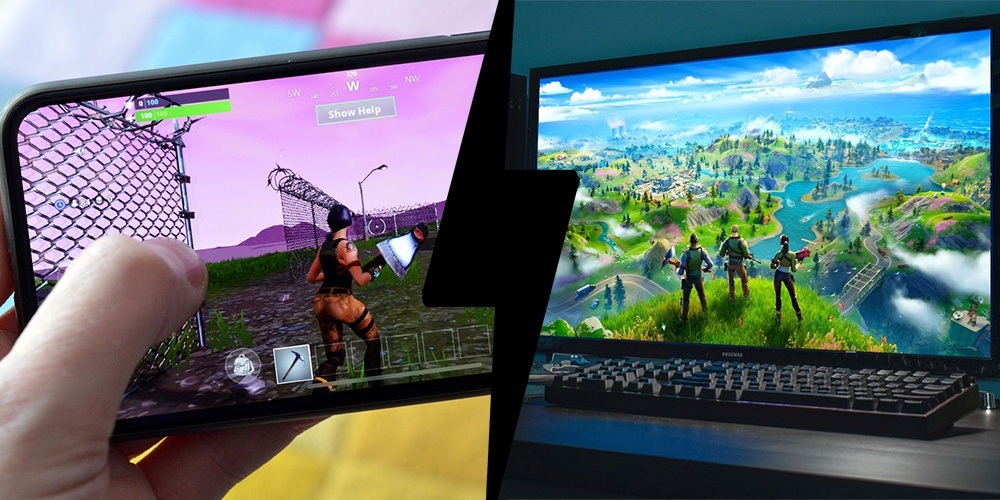
We all know that software development is no walk in the park, and many of your game developers are probably already familiar with the main difficulties in their line of work. But what about the challenges specific to cross-platform game development? Let’s take a look:
-
Creating multiple app versions takes a long time
As we have mentioned, a cross-platform game engine can let you save loads of time on development by providing a single stream for most of the game logic and functionality. However, much of your time will still go into fine-tuning the multiple versions to their respective programming language and platform.
-
Console development is uniquely difficult
If you choose a game console (Xbox, PlayStation, Nintendo) as one of the platforms your app will be deployed on, be prepared for an interesting experience. Firstly, the console makers will first assess your project and decide whether it would be a good fit on their platform, and only then give you the tools to make it compatible – their software development kit. Due to the sensitive nature of these tools, the console maker will also likely ask you to sign an NDA (non-disclosure agreement). That may prove a bit of a pain for your cross-platform game development project.
-
Navigating technical restrictions
Be prepared for lots of fiddling around when it comes to optimizing visuals and performance for different gaming platforms. You have to configure settings like the aspect ratio, screen size and resolution, video and audio codecs, let alone performance for different devices as well as hardware. As you might expect, this will take lots of testing, which, by the way, is one of the most challenging aspects of cross-platform game development.
-
Organizing input and controls
In addition to changing how your game runs on different devices, you also have to do a lot of work in setting up input/controls. After all, someone playing on a smartphone will need a totally different way of controlling gameplay than mouse and keyboard. If you choose to develop a VR experience, you will also need to determine how the player’s head/hand movements can control gameplay.
-
Adhering to platform standards
As you might know, Apple has very strict requirements for the apps in its store, and we have also mentioned the difficulties of certifying for consoles. The truth is, you will probably face strict requirements for app certification whichever platform you choose to deploy on, and this may require making substantial changes to your application. Similar restrictions will still apply to future patches and updates of your game.
Make Smart Technical Choices During Cross-Platform Game Development
As a cross-platform game development studio that has developed hundreds of such projects over the years, we want to draw your attention to tech stack choices. They will have a huge impact on the flow and complexity of your development process.
Choosing the best cross-platform development language
- C++
This is the most popular language for cross-platform game development, being first introduced in 1985. Though it is quite difficult to learn, C++ shines in the aspects of memory management and performance optimization. It is also the language of choice for most AAA games on PC and console. - C#
C# is a newer invention, being introduced in 2000. Many consider it an easier language to learn, and this makes sense considering it takes influence from the best parts of Java, C++, and .NET. Development with C# tends to be more rigid than with C++, but this encourages a more streamlined and speedy process. The perfect fit for cross-platform game development. - Lua
Lua was released in 1993, and quickly became a hit in game development. The language is very easy to learn (on par with Python), and lends itself well to combinations with other languages. Thus, it is common to see cross-platform game development pros building some additional functionality with Lua, even if most of their code is in another language.
For a more detailed look at the options, check out our comparison of top languages for game development.
Choosing the best cross-platform game engine
- Unity

Being one of the best cross-platform game engine, Unity is an obvious choice for cross-platform game development as it supports over 20 platforms and runs on the user-friendly C# language. Unity3D cross-platform game development is most often selected for mobile and immersive apps, but is more rarely used for AAA releases. Unity game development has already become the industry standard in the creation of cross-platform gaming solutions.
- Unreal Engine

UE is an engine known for its amazing graphics capabilities – it is easy to make your game look good. It runs on the more complex C++ but offers the helpful Blueprints visual scripting system for quick prototyping or even complete game design. Unreal Engine cross-platform game development is also very common, especially for titles on PC/console and AAA titles. Without a doubt, the pipeline of Unreal Engine game development continues to attract more studios and enthusiasts aspiring to pursue cross-platform game development.
- Cocos2D

Cocos2D is a relatively new cross-platform game engine with a very unique feature – it is open-source. This gives users broad freedom to use and modify strong built-in tools. Multiple versions of the engine are available, allowing developers to code in C#, JavaScript, Lua, Swift, and Objective-C. Cocos2D compared to Unity is a much more popular choice for 2D game development, while Unity is stronger in other aspects.
- CryEngine

CryEngine deserves special attention when it comes to cross-platform game development. Many iconic games have been created with the help of this technology. In particular, one of them is Crysis, which at one time was a leader among similar games in terms of visuals and graphics. This cross-platform game engine was developed by the German company Crytek specifically for the world-known Far Cry shooter. Interestingly, it was one of the first video games to be powered by open-world technology.
Both the engine and the game itself were released in 2004, having determined the vector of the gaming industry for the years to come. Moreover, it helped expand the functionality of other games by making it possible to implement such features as more realistic graphics, strictly regulated game missions, the option to complete quests in multiple ways, as well as the absence of previous downloads of maps and territories.
- HTML5 cross-platform game engines
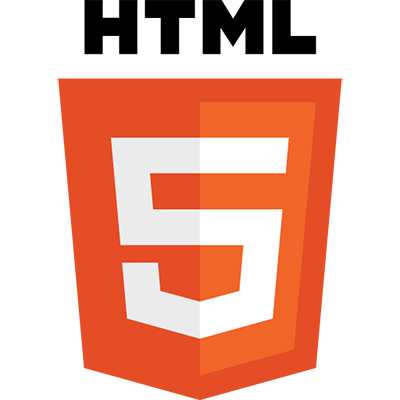
An HTML5 game can be written using a standard set of front-end technologies. Create a page in HTML, describe styles in CSS, and develop logic in JavaScript. In this way, it will be possible to control everything, but the result will last a long time. An HTML5 game can be developed from scratch, but it will be more convenient and easier to do it with the help of numerous engines and frameworks. For more advanced graphical features while maintaining browser compatibility, many studios now adopt WebGL games as part of their cross-platform strategy.
Here are a few of them:
- Construct 2
A cross-platform game engine for developing 2D games, it is intended not only for professional developers but also for people who do not know how to program: designers, artists, or students. The kit comes with more than 20 plug-ins and 70 visual effects to create a game that can then be immediately published on multiple platforms. Construct 2 can be tried out for free. - Phaser
This free, open-source cross-platform game engine allows you to create entertainment apps using Canvas and the WebGL library. The Phaser website has tons of examples and tutorials in order to help you create your own product. - CreateJS
A set of open-source libraries for cross-platform game development: EaselJS is designed to work with HTML5 Canvas, SoundJS — for working with audio, TweenJS — for creating animations, and PreloadJS — for managing the loading of all necessary elements. - PlayCanvas
An engine that allows you to create 2D and 3D cross-platform games as well as place ads for more profit. PlayCanvas is free for public projects, and one of two paid versions with advanced features can be purchased. As a result, the client code will consist of 100% JavaScript, being built on top of HTML5 and with the help of related APIs (including WebGL). In the long run, games developed in PlayCanvas run inside a standard DOM element, so you can style them with CSS. In the end, you will have a game that can be run in the browser without using any plugins.
- Construct 2
Please note that the languages and cross-platform game engines we have listed are hardly the only options available to you. For example, many games are built in Java or JavaScript, while engines like CryEngine, Gamemaker, and Source all have strong support in the industry. We just selected those that have the greatest market share and prominence.
Cross-Platform Game Development Services
We shouldn’t have to tell you this, but cross-platform game development is quite an expensive venture. Even the cost of developing a mobile game can reach hundreds of thousands of dollars. As for developing for multiple platforms, it does take a little more time and is thus even more costly.
So, what can you do about cutting costs?
One of the most effective solutions available nowadays is to find a reliable game development partner that will give you a good rate. Most outsourcing companies operate in countries with a low cost of labor, so you often end up paying less than you would for specialists hired locally.
This is certainly true with Game-Ace.
Our cross-platform game development studio is based in Ukraine and offers very advantageous terms of cooperation, as well as a large team of specialists with solid experience in game dev. This experience certainly extends to cross-platform titles, which we build just about every month. If you have a project in mind that you want to get off the ground, just send us a message. We will be happy to discuss it with you!
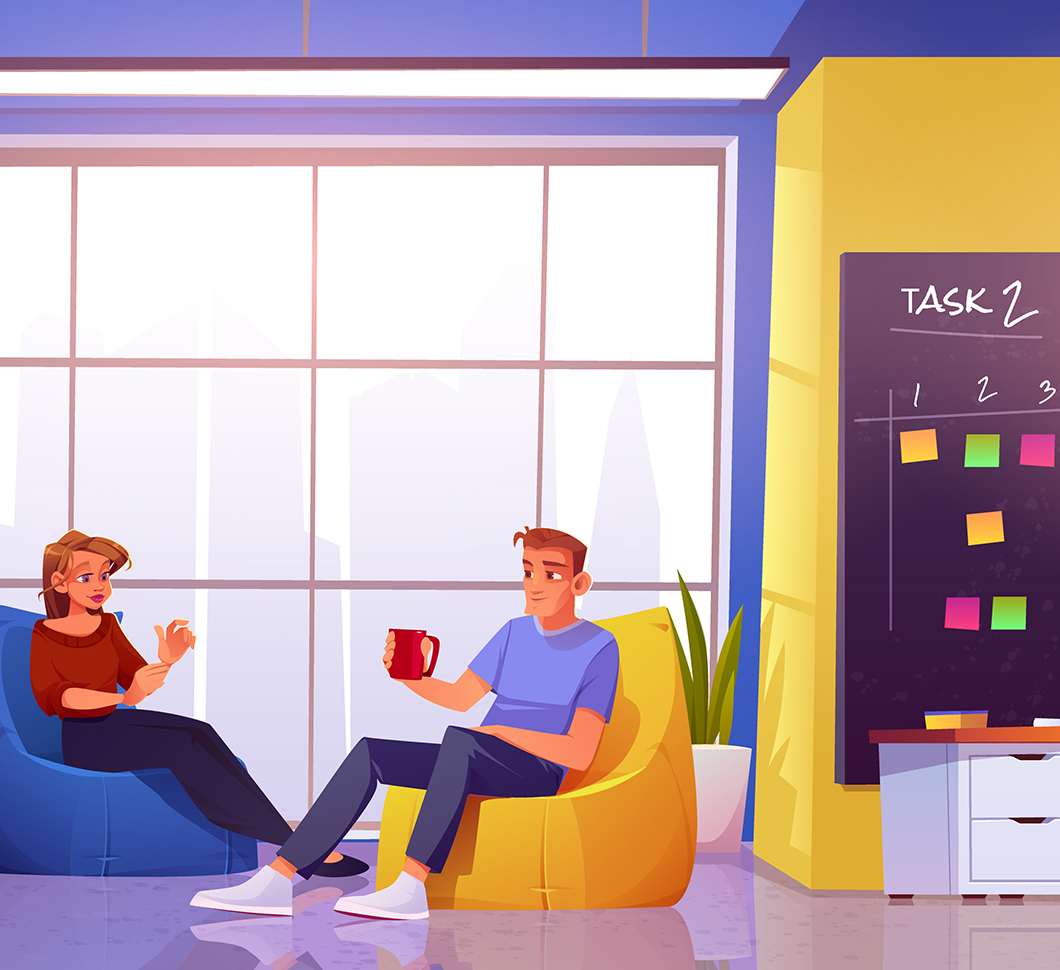 Key Trends Shaping Gamification in Recruitment for 2026 and Beyond
Key Trends Shaping Gamification in Recruitment for 2026 and Beyond  How to Create Crypto Casino Games the Right Way
How to Create Crypto Casino Games the Right Way 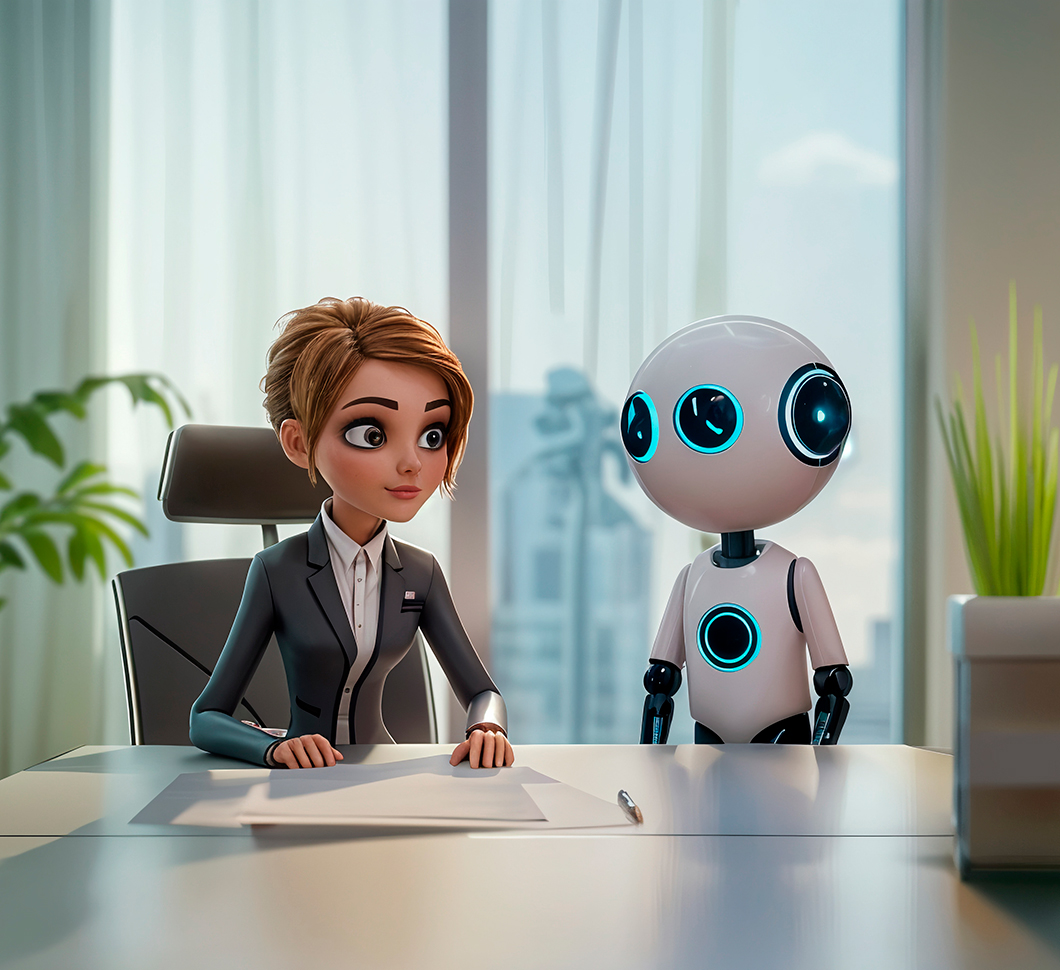 AI Recruitment Games: From Real-Time Assessments to Better Hiring Outcomes
AI Recruitment Games: From Real-Time Assessments to Better Hiring Outcomes  Games for Business: Proven Strategies for Engagement and Growth
Games for Business: Proven Strategies for Engagement and Growth  How to Design Learning Games for Kids That Teach Real-World Skills
How to Design Learning Games for Kids That Teach Real-World Skills 